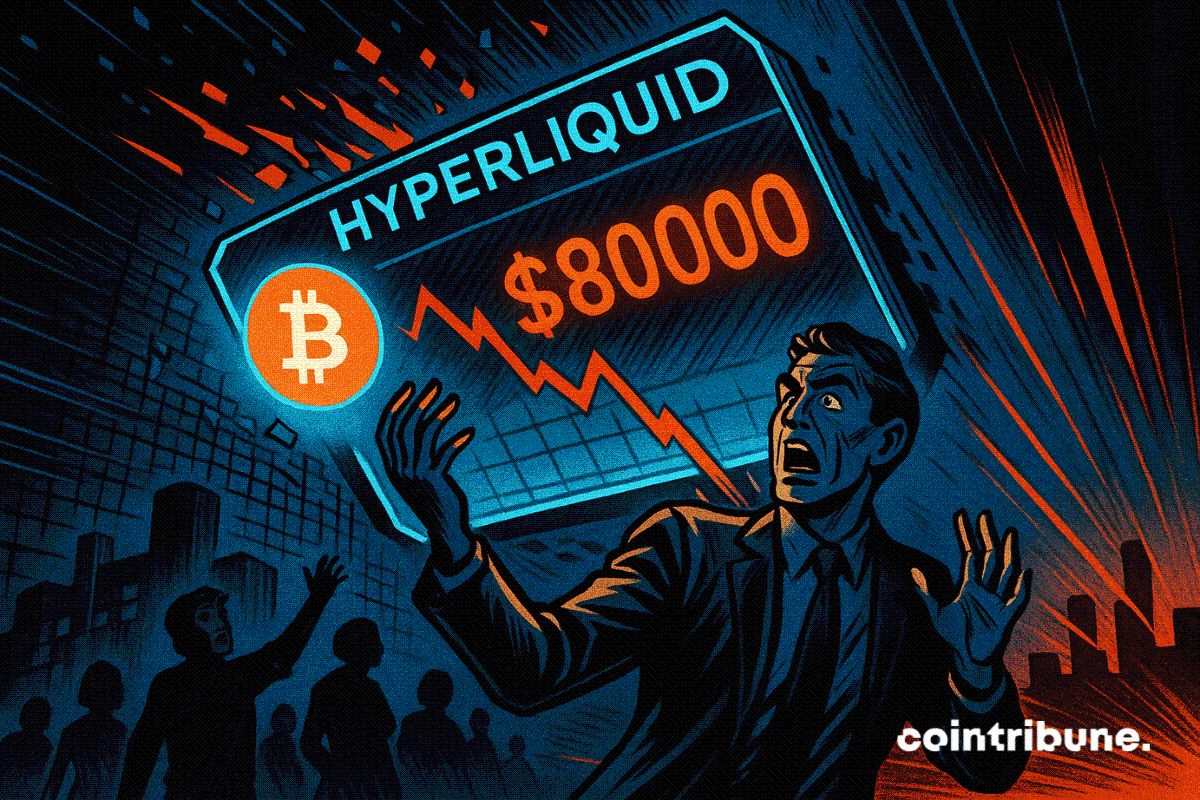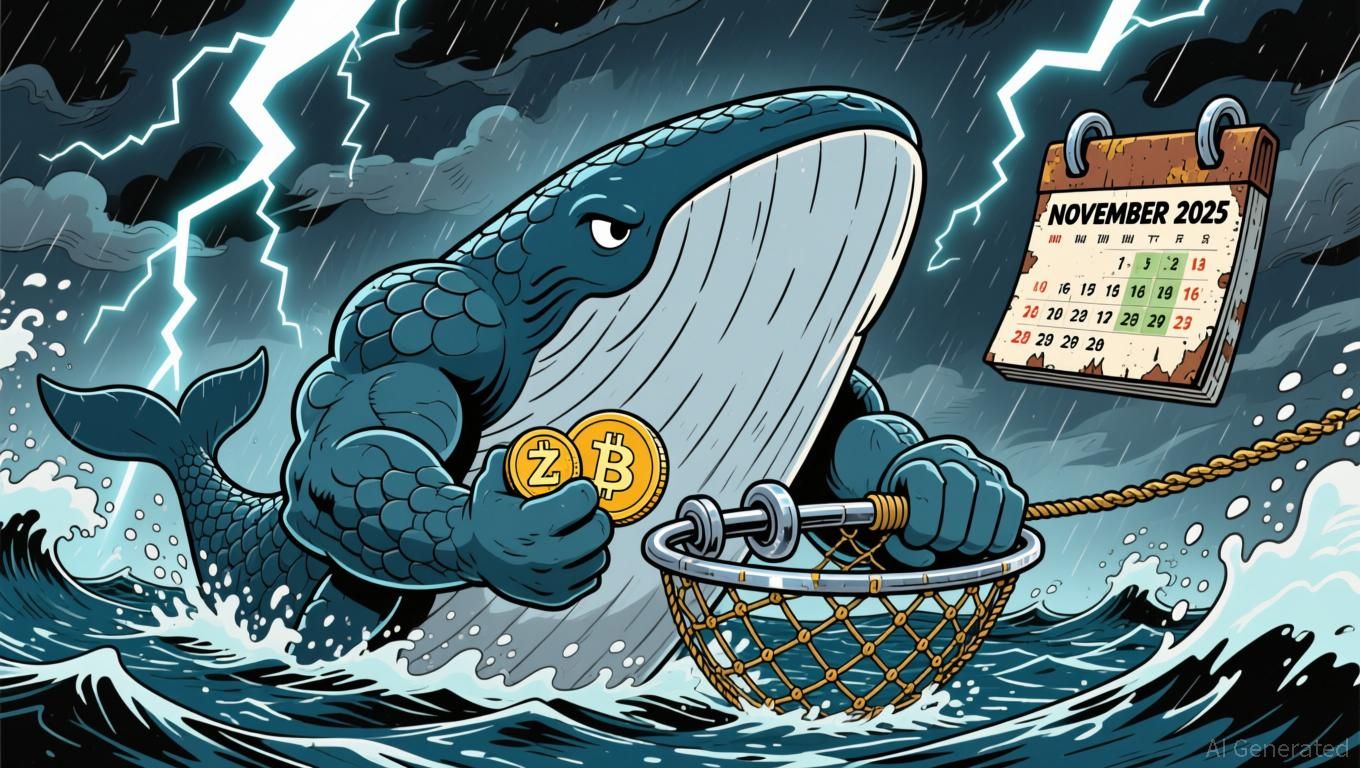Investment Prospects in Layer 2 ZK Technologies After the ZK Atlas Enhancement
- ZK Atlas Upgrade (Oct 2025) boosts blockchain scalability via modular ZK solutions, enabling 15,000–43,000 TPS with $0.0001 per transaction costs. - Ethereum gas fees dropped 90%, TVL in ZK rollups hit $3.5B by 2025, with Deutsche Bank adopting ZK-rollups for institutional settlements. - Deflationary tokenomics drive capital efficiency: buybacks, burns, and staking rewards attract institutions, supported by $15B in Bitcoin ETF investments. - Analysts project 60.7% CAGR for ZK Layer-2 solutions, reaching
Technical Innovations and Scalability Breakthroughs
Central to the ZK Atlas Upgrade is a modular system that separates transaction ordering, execution, and proof creation. This setup allows
Market Impact and Institutional Adoption
The technical achievements of the upgrade have led to concrete market benefits.
Deflationary Tokenomics and Capital Efficiency
The ZK Atlas Upgrade has introduced a deflationary token model as a key part of its economic framework. Network revenues are directed toward buybacks, token burning, and staking incentives, generating a positive feedback loop that appeals to capital-focused institutions.
Future Projections and Long-Term Potential
Conclusion
The ZK Atlas Upgrade has not only tackled scalability issues but also transformed the value proposition of Layer 2 technologies. By driving down costs, speeding up transactions, and building institutional confidence, it has set off a cycle of adoption and capital inflow. For investors, the landscape after the upgrade presents a rare mix of technological advancement, economic rewards, and market momentum. As the ecosystem develops further, early participants are poised to benefit from both the practical growth of ZK networks and the deflationary nature of their native tokens.
Disclaimer: The content of this article solely reflects the author's opinion and does not represent the platform in any capacity. This article is not intended to serve as a reference for making investment decisions.
You may also like
Bitcoin Updates Today: Bitcoin's Turbulent Fluctuations: Lasting Rebound or Brief Pause?
- Bitcoin surged 1.63% to $84,000 on Nov 23, 2025, after hitting a seven-month low, amid mixed bearish and bullish signals. - A 4.53% drop on Nov 21 triggered $1.9B in liquidated leveraged positions and a $120B market cap loss in one day. - Analysts debate sustainability of recovery, citing extreme retail fear, historical bullish reversals, and retesting of key technical support. - Crypto-related stocks like Coinbase and Bitcoin ETFs rose, but institutional confidence wavered as MicroStrategy fell 5%. - Un

Extreme Caution Sweeps Markets as Equities and Crypto Dive

Zcash News Update: Major Investor's ZEC Short and BTC Long Positions Indicate Market Changes Triggered by Halving
- Whale shorts 4,574.87 ZEC ($2.66M) with 5x leverage and opens 20x BTC long (367.36 BTC, $31.63M) on Nov 23, 2025. - ZEC surges to $700 (2018 high) amid November 2025 halving reducing block rewards by 50%, tightening supply. - Largest ZEC short on Hyperliquid (60,870.43 ZEC) faces $22M loss, with liquidation risk at $1,112.45. - Whale’s BTC long aligns with post-liquidation rebound expectations, as BlackRock ETF outflows and Fed uncertainty boost BTC. - ZEC’s halving-driven bullish narrative (shielded sta

Ethereum Update: Major Holders Offload $52M as $1.35B Investor Wagers on Market Rebound
- Ethereum whales sold $52.4M in ETH at $2,994.9, incurring $18.4M losses amid a 28% 30-day price drop. - Market-wide bearishness intensified as Bitcoin fell below $86,000 and ETH hit a four-month low near $2,700. - Technical indicators show all EMAs in downtrend, Bull Score Index at 20 (lowest since 2020), and ETH derivatives open interest dropped to $35.5B. - Top DATs like BitMine face 25-48% paper losses, with mNAV ratios below 1 raising liquidity risks amid $415M 24-hour ETH outflows.
